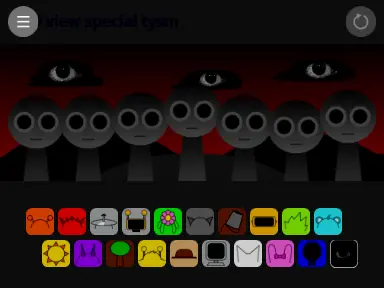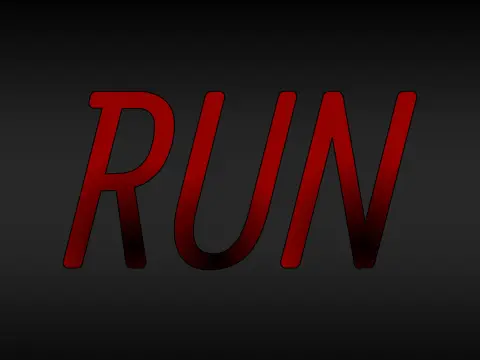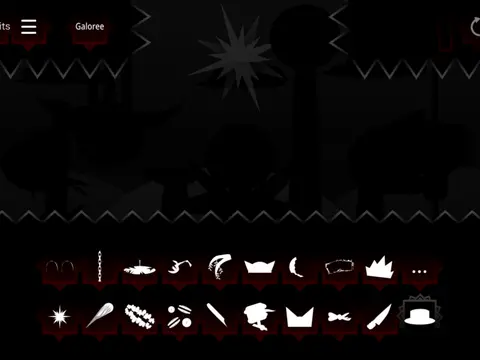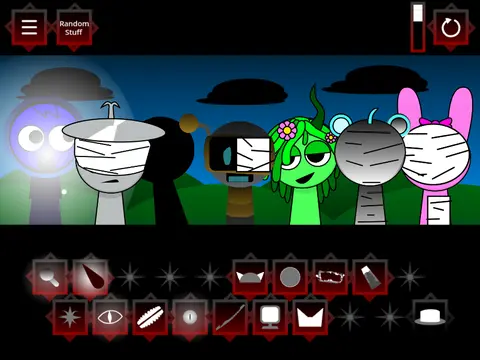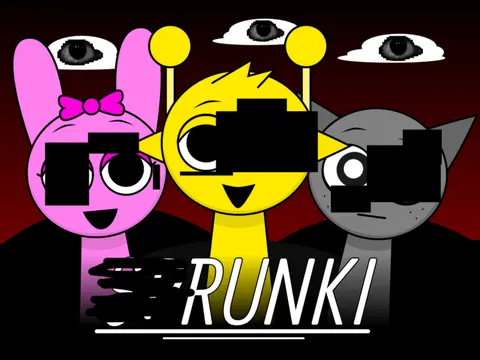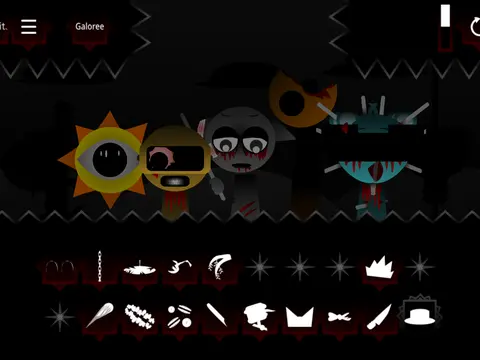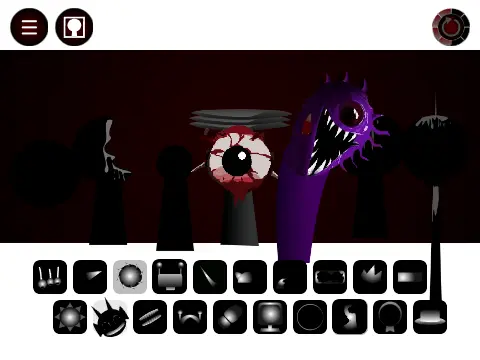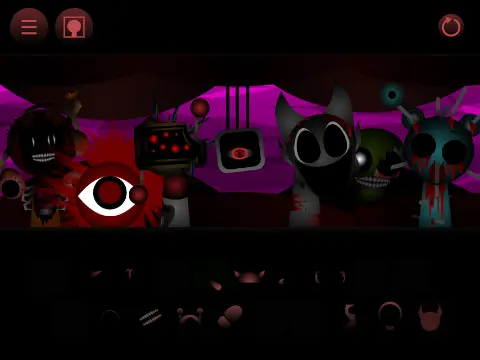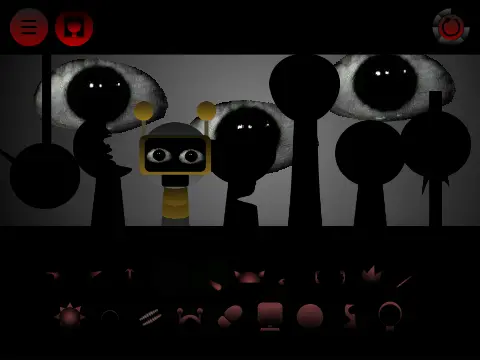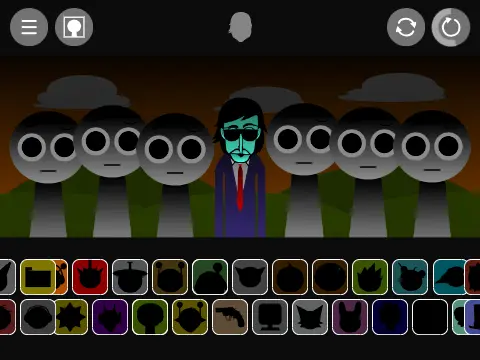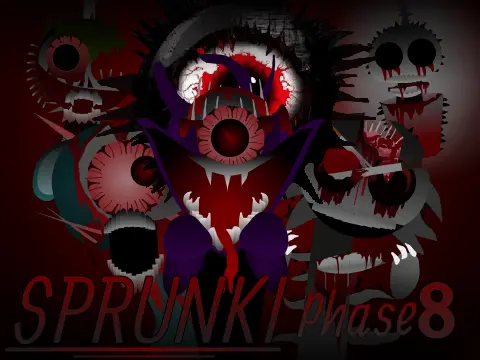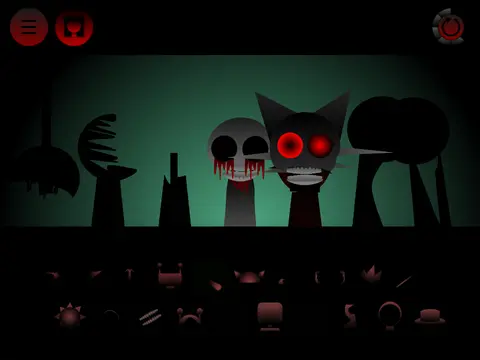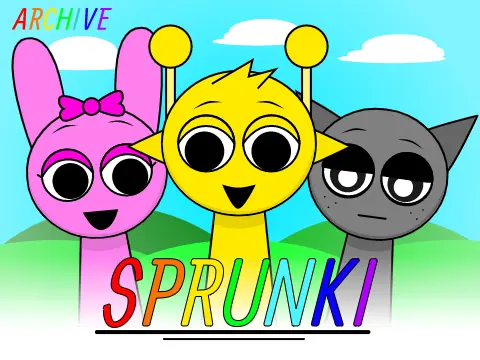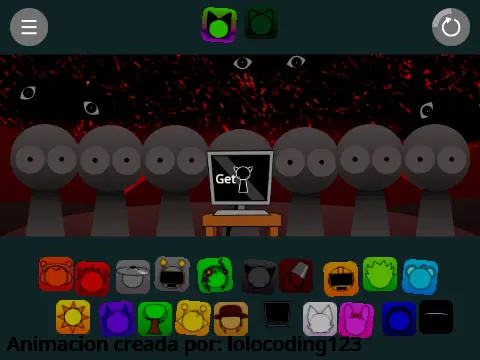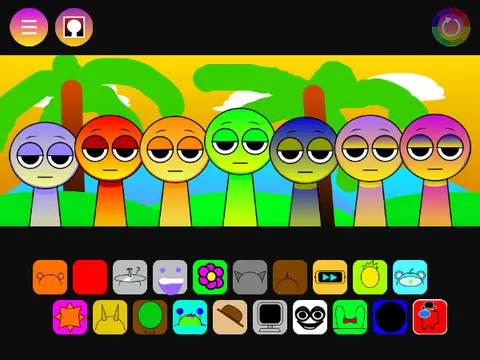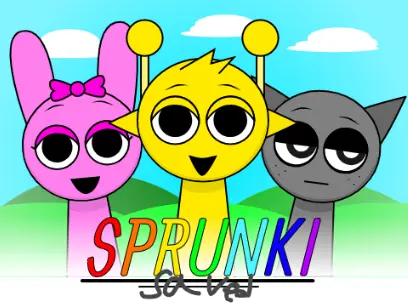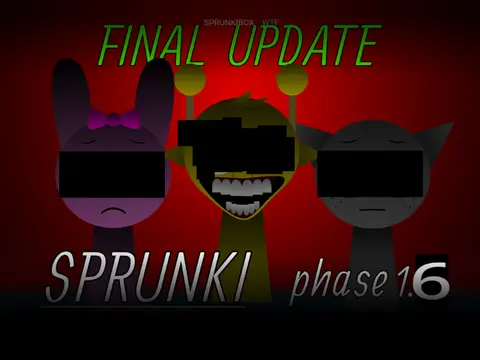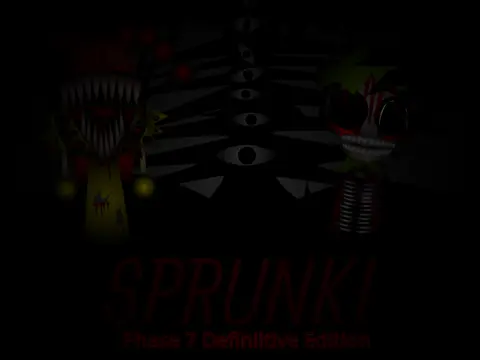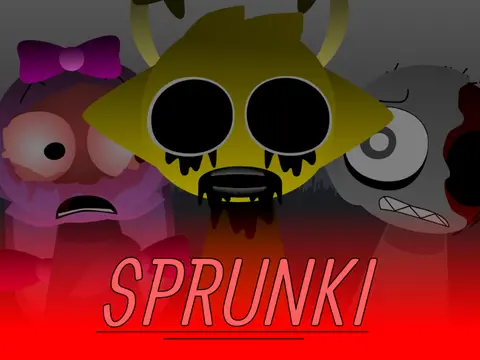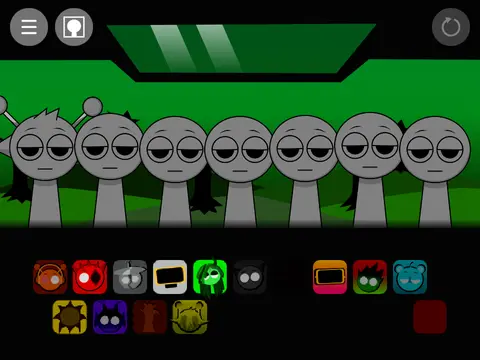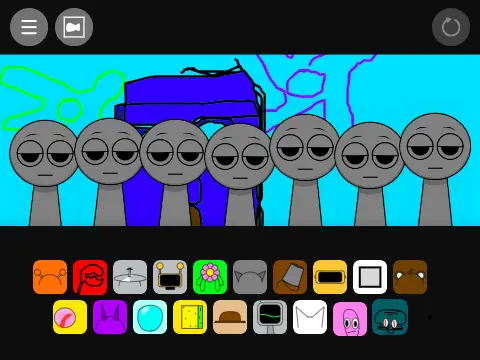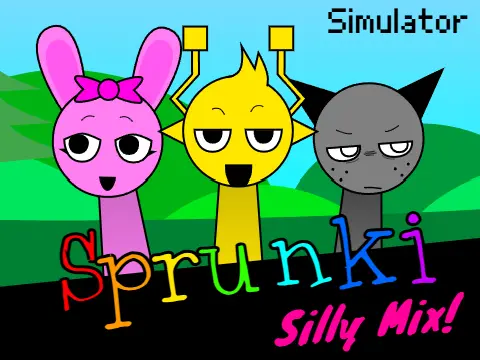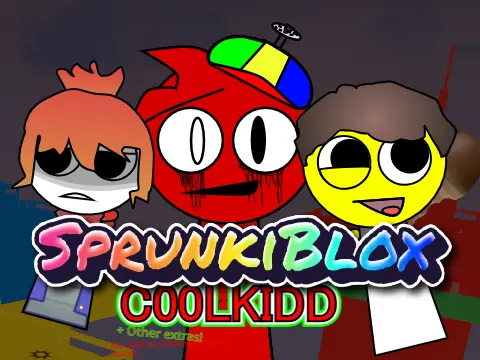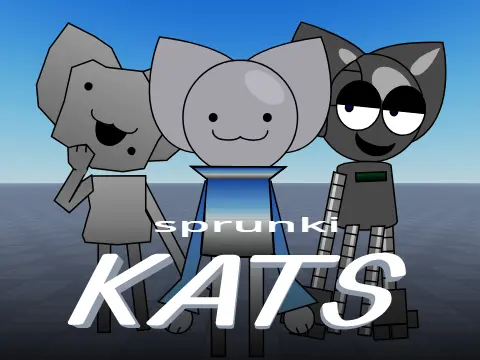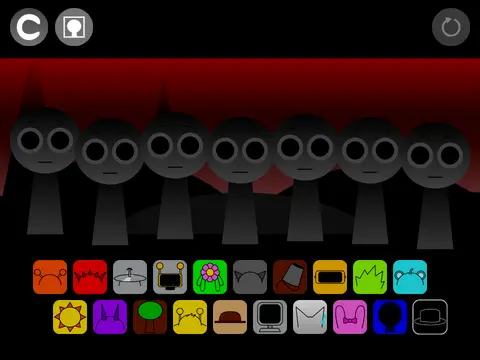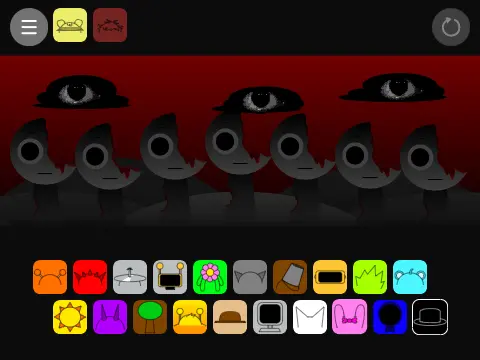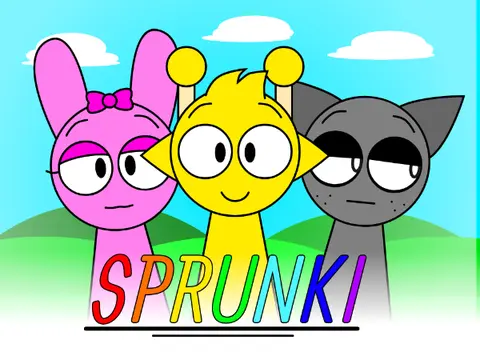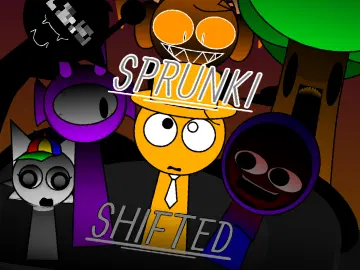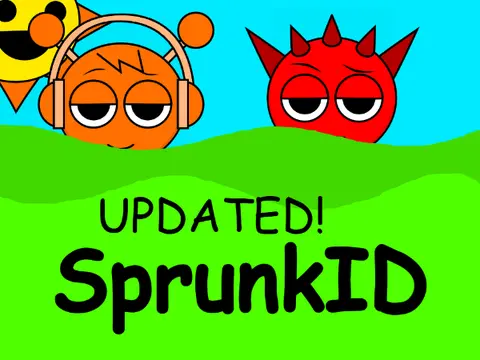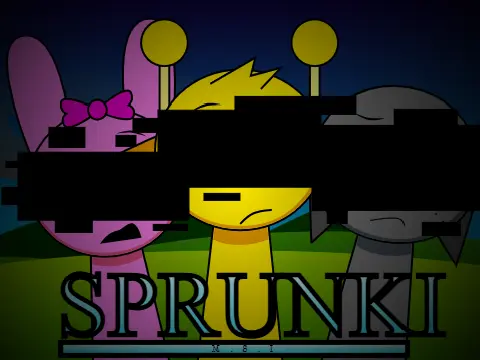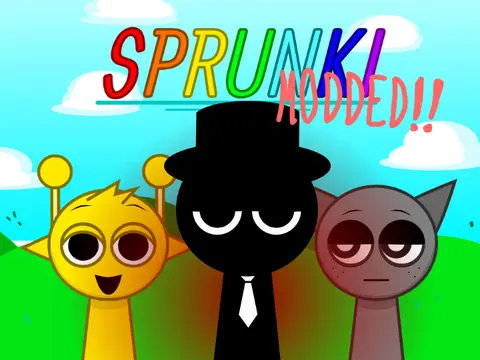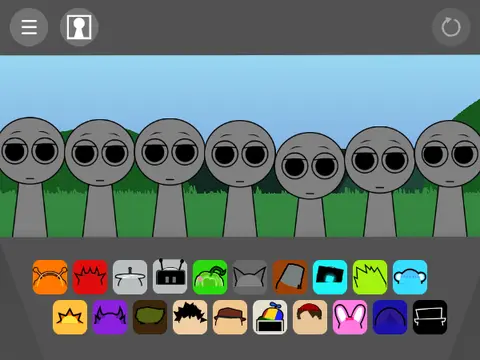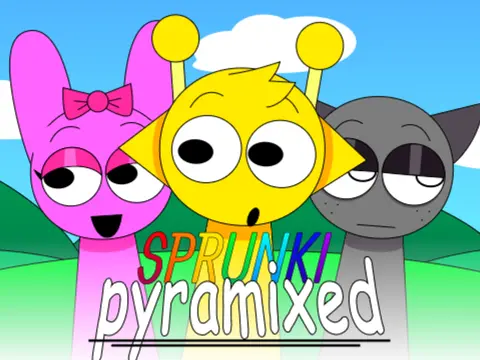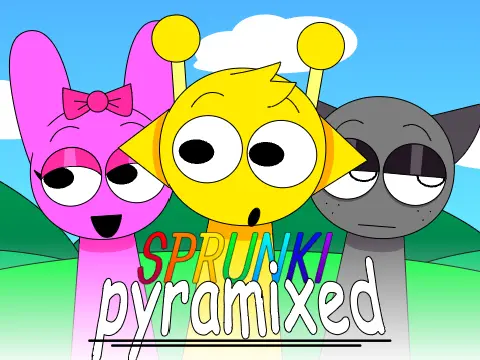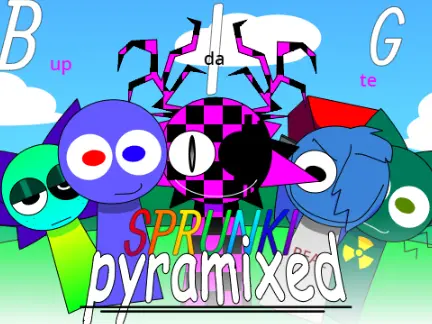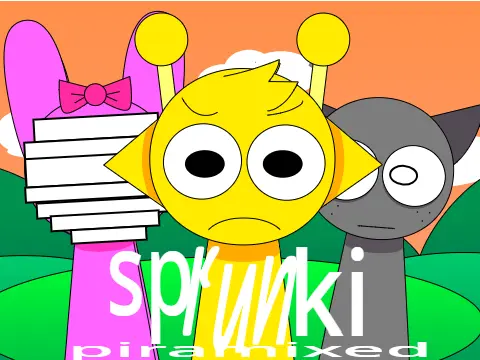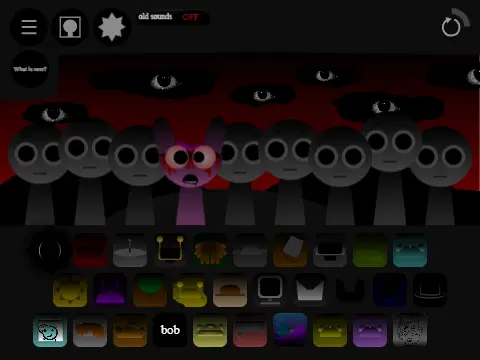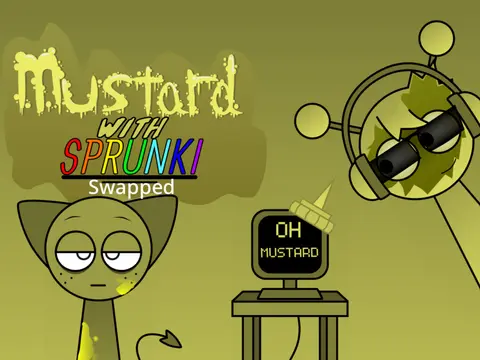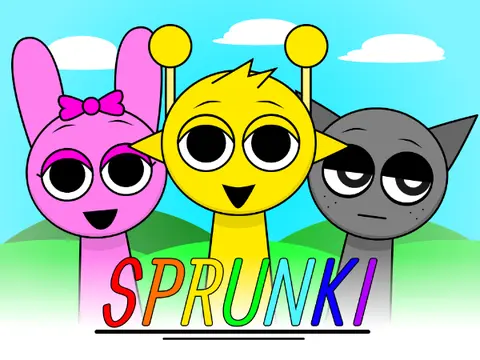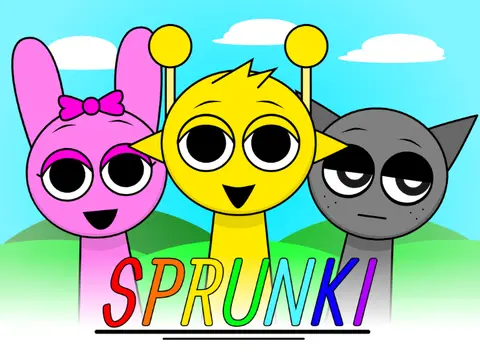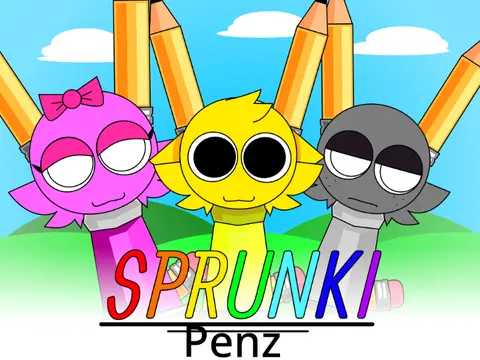incredibox - sprunki archive remix-4
What is Incredibox Sprunki Archive Remix-4?
Incredibox Sprunki Archive Remix-4 represents a monumental achievement in the preservation and enhancement of digital music gaming heritage. This comprehensive compilation meticulously curates the most beloved and influential sound elements from the entire Sprunki series, remastered and reimagined for contemporary audiences. The "Archive Remix-4" designation signifies the fourth major iteration of this archival project, each building upon its predecessor with improved audio fidelity, expanded content, and refined user experience. At its core, this project functions as both a museum of Sprunki audio history and an innovative music creation platform, allowing players to explore sonic evolution while creating new compositions that bridge different eras of the franchise. The archive includes meticulously remastered characters from foundational releases like Sprunki Phase 1 through to contemporary favorites from Sprunki Phase 11, each preserved with historical accuracy while benefiting from modern audio processing techniques. The visual interface adopts a timeline-based navigation system that allows users to explore content chronologically or thematically, providing educational context about the development of Sprunki sound design over time. Beyond mere preservation, the remix introduces innovative crossover mechanics that allow characters from different eras to interact in ways previously impossible, creating entirely new sonic possibilities while respecting each element's original character. The project demonstrates sophisticated audio engineering, with individual samples carefully remastered to maintain their distinctive qualities while achieving consistent volume levels and frequency balance across the entire archive. The inclusion of developer commentary and historical notes provides valuable insight into the creative decisions behind each character and phase, transforming the experience into an interactive documentary about Sprunki's musical evolution. Community contribution features allow veteran players to share their memories and techniques associated with different archival elements, creating a living history that grows with each user interaction.
How does Incredibox Sprunki Archive Remix-4 work?
The operational framework of Incredibox Sprunki Archive Remix-4 combines traditional music creation mechanics with innovative archival exploration systems. The core functionality maintains the familiar drag-and-drop interface where players place characters on seven available slots to activate their sounds, but enhances this with temporal layering capabilities that allow characters from different eras to coexist and interact musically. The game engine incorporates advanced audio alignment technology that automatically adjusts timing and tuning between characters from different developmental periods, ensuring harmonious integration despite their originating from different technical standards. Each character features multiple activation modes—historical mode reproduces the original sound exactly as it appeared in its initial release, while remix mode applies modern processing to enhance clarity and presence. The archive navigation system allows players to browse content through multiple organizational frameworks: chronological by release date, thematic by sound type, or popularity based on community usage statistics. The search functionality includes sophisticated filtering options that can isolate characters based on technical parameters like frequency range, rhythmic complexity, or historical significance. The composition tools include era-matching features that suggest character combinations that were historically contemporary or that share complementary audio characteristics. The game incorporates educational elements that provide context about each character's origin, including which Sprunki Phase 3 update introduced particular sound modifications or how certain elements evolved through iterations like Sprunki Phase 7. The recording system includes metadata tagging that documents which archival elements were used in each composition, creating a musical genealogy that can be explored by other users. The community features allow players to recreate historical compositions from different Sprunki eras or create new works that consciously reference specific developmental periods in the franchise's history. The technical infrastructure supports seamless integration of future archival discoveries, with a framework designed to accommodate additional content as more historical material is preserved and remastered.
How to play Incredibox Sprunki Archive Remix-4?
Engaging with Incredibox Sprunki Archive Remix-4 offers multiple pathways depending on whether players prioritize historical exploration, musical creation, or educational discovery. Beginners should start with the guided historical tour that introduces foundational characters from Sprunki Phase 4 and demonstrates basic composition techniques using these classic elements. The exploration mode allows users to navigate through different eras, listening to characteristic sounds and reading about their development context before incorporating them into compositions. Effective gameplay involves understanding the unique qualities of different historical periods—early phases often feature simpler, more direct sounds while later introductions demonstrate increasing complexity and refinement. The game encourages comparative listening exercises where players create similar compositions using characters from different eras to understand how sound design evolved throughout Sprunki's development. Advanced techniques involve creating musical narratives that consciously move through different historical periods, using era-appropriate characters to represent chronological progression within a single composition. The challenge modes include historical recreation tasks where players attempt to replicate classic compositions from specific Sprunki phases using only characters available during that period. The educational components provide music theory context that explains why certain character combinations work well together, helping players develop transferable musical knowledge while engaging with the archival material. Community interaction enhances the experience through shared historical compositions and collaborative preservation projects where players help identify and categorize rare or obscure archival elements. The achievement system rewards comprehensive exploration of the archive, encouraging players to experiment with characters from all historical periods rather than limiting themselves to familiar favorites. For optimal experience, players should use quality audio equipment to fully appreciate the subtle differences between original and remastered versions of historical sounds. The mobile interface offers touch-optimized navigation through the archival timeline, while the desktop version provides more precise control over complex compositional arrangements. Regular participation in community events focused on specific historical periods helps deepen understanding of Sprunki's musical evolution while connecting with other preservation-minded enthusiasts.
What makes Incredibox Sprunki Archive Remix-4 different?
Incredibox Sprunki Archive Remix-4 establishes its unique identity through its dual focus on preservation and innovation, setting it apart from both standard music games and typical archival projects. The most significant differentiation lies in its scholarly approach to game audio preservation—each character includes meticulously documented provenance information detailing its origin, modifications through various updates, and cultural significance within the Sprunki community. The audio remastering process demonstrates unprecedented respect for source material, employing professional audio engineers who work to enhance clarity and consistency while maintaining the distinctive characteristics that made each sound historically important. The educational dimension far exceeds typical game offerings, with integrated historical context that transforms casual music creation into a learning experience about game audio evolution and sound design principles. The temporal integration technology represents a technical innovation, allowing characters from different developmental eras to interact musically despite originating from different technical standards and aesthetic philosophies. The community features emphasize collaborative preservation, with tools that allow users to contribute their memories, technical knowledge, and rare findings to the collective archival effort. The business model reflects its preservation mission—all archival content remains completely accessible without financial barriers, supported by optional contributions that fund further preservation efforts. The development philosophy prioritizes accuracy and completeness over commercial considerations, resulting in inclusions that might not have mass appeal but possess significant historical value. The cross-referencing system allows users to trace influences and evolutions across different Sprunki phases, revealing patterns in the franchise's musical development that wouldn't be apparent when examining phases in isolation. The interface design balances modern usability with historical aesthetic elements, creating a visual experience that evokes different eras of Sprunki's visual design while maintaining contemporary navigation standards. These collective differences create an experience that serves as both entertainment and historical documentation, appealing particularly to music historians, game preservation enthusiasts, and Sprunki fans interested in understanding the technical and artistic evolution of their favorite franchise.
How do I create a soundtrack in Incredibox Sprunki Archive Remix-4?
Creating meaningful soundtracks in Incredibox Sprunki Archive Remix-4 involves balancing musical creativity with historical awareness and technical understanding. Begin by establishing a conceptual framework for your composition—whether aiming to recreate a specific historical period, trace evolutionary developments across multiple eras, or create contemporary works using historical elements in new contexts. The research phase should involve exploring the archival database to understand the characteristic sounds of different developmental periods, particularly examining how foundational phases like Sprunki Phase 2 influenced later innovations. When selecting characters, consider their historical relationships—certain combinations might reference documented influencer relationships between different Sprunki designers, adding conceptual depth to your composition. The layering process should respect historical compatibility while allowing for creative innovation—perhaps using a rhythmic foundation from an early phase with melodic elements from a later period to represent evolutionary progression. Utilize the era-matching tools to ensure technical compatibility between characters from different periods, adjusting parameters to balance historical authenticity with musical coherence. Develop structural elements that consciously reference Sprunki's development history—perhaps creating sections that represent different philosophical approaches to sound design that emerged during distinct developmental phases. The recording metadata should document your historical references and conceptual intentions, providing valuable context for other users who explore your composition. Study historically significant compositions from the community archive to understand how other creators have engaged with Sprunki's musical heritage, but prioritize developing your unique interpretive approach rather than simply replicating existing works. The challenge modes provide valuable constraints that encourage creative problem-solving using limited historical palettes, helping develop skills that transfer to more open-ended composition. The iterative creation process should include historical verification phases where you research whether your character combinations reflect actual historical possibilities or represent creative anachronisms—both approaches are valid but produce different artistic statements. Community feedback is particularly valuable for historical compositions, as veteran players can provide insights about accuracy and suggest alternative approaches based on their deeper knowledge of Sprunki's development history. Most importantly, maintain respect for the source material while allowing yourself creative freedom to explore new possibilities that the original designers might not have imagined—the highest compliment to historical preservation is demonstrating its continued relevance through contemporary creative engagement.
